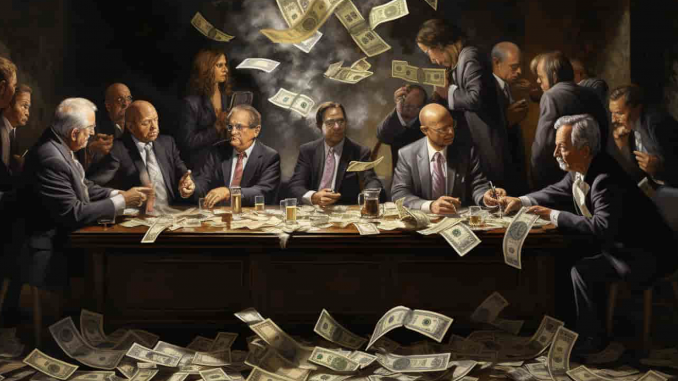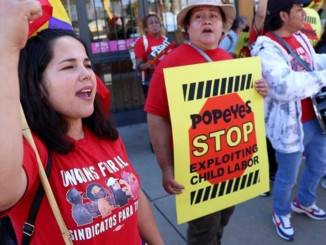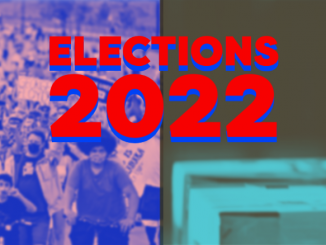
For those of in the United States, we are told from a very young age that we live in a democracy. We are told that we live in a society where the “majority rules.” We likely were told this idea when we were in school and we are often reminded of this idea in movies, television shows, the evening news, and more.
But how true is this? Does the majority actually rule?
The majority of people in this society want access to quality universal healthcare. But healthcare remains out of reach for many people.
The majority of people in this society don’t want to see more wars. But the people in power continue to engage in conflicts around the world and provoke new conflicts.
At what point did anyone ask us what we think about these issues or any other issues?
If we lived in a society where the majority ruled, wouldn’t it make sense that the people in positions of power within the government would actually be reflective of what the population looks like? It is not hard to see that the people within the government tend to be whiter, more male, and older compared to the general population. But that’s not all. Most telling, they tend to come from much more privileged backgrounds and are much wealthier than the rest of us.
Of the people who are in the government, how many of them know what it feels like to decide which bills to pay and which bills to ignore, only to watch the interest stack up? How many of them know how it feels to be evicted from a home? How many of them know how it feels to be so exhausted after a long day at work that there is no more energy left to spend time with family, and that all you can do is just collapse into bed? How many of them know how it feels to not be able to afford the birthday present that their child really wanted?
Would people who have faced these kinds of situations make different decisions than those who haven’t?
A just-released study from Duke University looked at the social backgrounds that people in state governments throughout the nation come from. Surprise, surprise… We are not part of the club.
The researchers found that 1.6% of state lawmakers throughout the United States could be considered “working class,” which they define as, “…if they currently or last worked in manual labor, service industry, clerical or labor union jobs.” In 10 out of the 50 states, there was not a single lawmaker who currently or last worked in an occupation that could be classified as a working-class job: Arkansas, Louisiana, Mississippi, North Carolina, Oregon, South Carolina, Tennessee, Texas, Utah and Virginia.
The problem is certainly not that working-class people are incapable of running things. It is not that the people currently in charge are smarter or more capable than us. They are not.
The problem is that we are kept out of positions of power within their system. The barriers for working-class people to get on the ballot and have the resources to run an election campaign are enormous. These obstacles are set up to lock the doors of the so-called people’s house to keep us out.
This issue is something that cuts across the aisle as well. Only about 2% of Democrats and 1% of Republicans qualified as working class according to this definition. The super rich have two major political parties. Why shouldn’t the working class have one of our own?
An often used saying says that “if you are not at the table, you are on the menu.” It seems there may be a little bit of truth to this saying.
But so long as we accept a society where the rich who own the banks and corporations live off the labor of working class people, we will always be on the menu, no matter how many of us happen to be at their table. This whole table needs to be flipped over, and it’s about time we start to think about how we can do the flipping!




